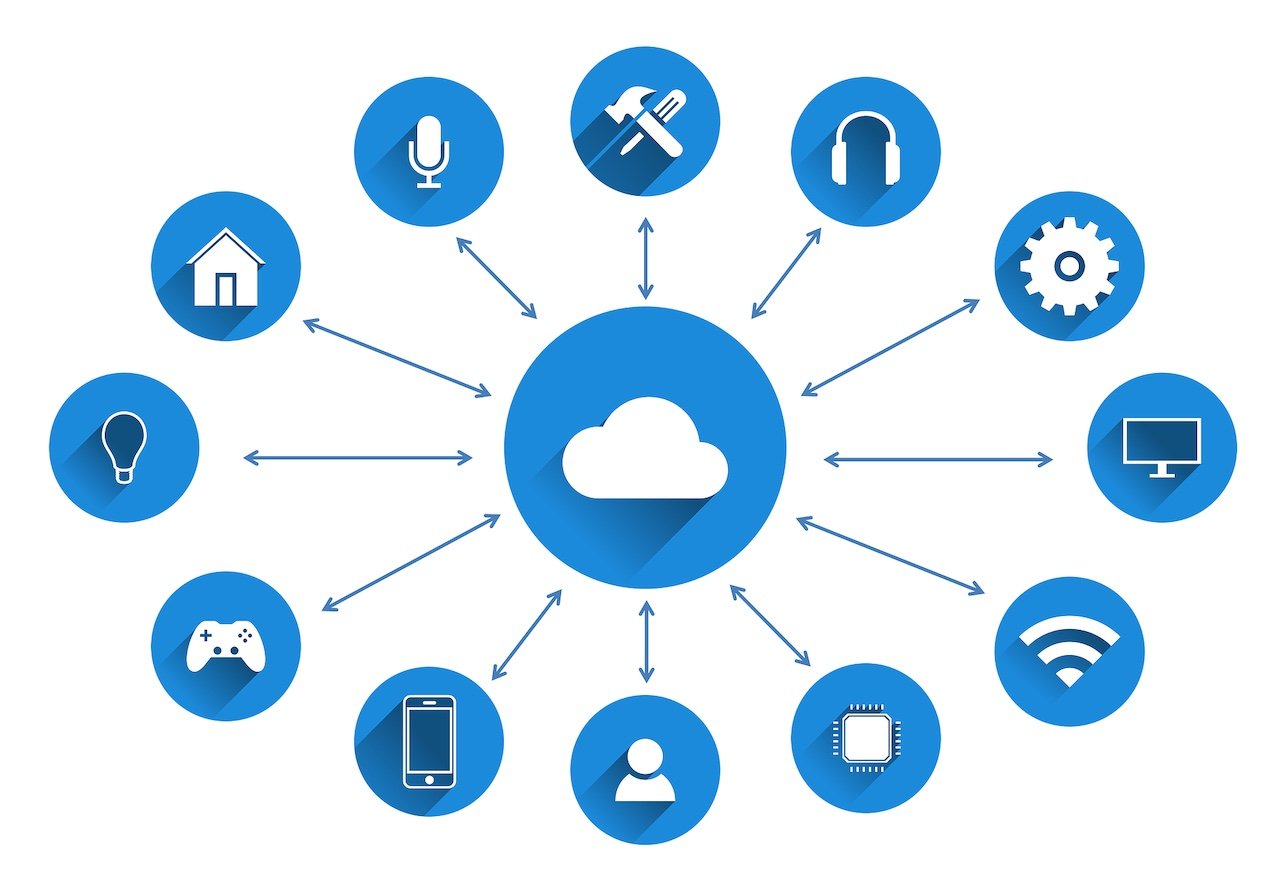
- April 2025 (1)
- March 2025 (2)
- February 2025 (1)
- December 2024 (2)
- November 2024 (2)
- August 2024 (2)
- June 2024 (3)
- May 2024 (3)
- April 2024 (1)
- March 2024 (3)
- February 2024 (2)
- January 2024 (2)
- December 2023 (1)
- November 2023 (2)
- October 2023 (2)
- September 2023 (1)
- August 2023 (1)
- July 2023 (2)
- June 2023 (3)
- May 2023 (2)
- April 2023 (1)
- March 2023 (4)
- February 2023 (1)
- January 2023 (2)
- November 2022 (2)
- October 2022 (1)
- September 2022 (1)
- August 2022 (2)
- July 2022 (2)
- June 2022 (2)
- May 2022 (1)
- April 2022 (3)
- March 2022 (1)
- February 2022 (3)
- January 2022 (2)
- December 2021 (1)
- November 2021 (1)
- October 2021 (2)
- September 2021 (3)
- August 2021 (1)
- July 2021 (4)
- June 2021 (1)
- May 2021 (2)
- April 2021 (2)
- March 2021 (2)
- February 2021 (3)
- January 2021 (3)
- December 2020 (1)
- October 2020 (1)
- August 2020 (1)
- August 2019 (1)
- January 2019 (2)
- September 2018 (5)
- June 2018 (1)
- November 2017 (1)
- September 2017 (1)
- July 2017 (1)
- May 2017 (1)
- January 2017 (1)
- October 2016 (2)
- August 2016 (1)
- July 2016 (1)
- June 2016 (1)
Subscribe by email
One of the first things you’ll want to consider when planning to sell connected products is your IoT business model. Your ability to monetize the value of your IoT offerings is instrumental to your success as a business. Let’s explore the most effective types of IoT business models and how to choose the right one for your company.
Rethinking the IoT Business Model
Your IoT business model is the monetization strategy for your IoT services. An IoT business model should be reviewed holistically so that you can consider all the pieces of the solution and determine an appropriate monetization strategy for IoT services, the software, and other value-added features that differentiate IoT solutions from legacy non-connected products.
To maximize your revenue streams from all the value your IoT ecosystem provides, you need to put the right business model in place. There are various business models to choose from that leverage the unique characteristics of IoT devices, but it’s important to focus on the fact that your business model is a two-way street: you’re delivering value to a customer in exchange for the customer’s money and ongoing trust.
Implementing an effective monetization strategy is foundational to your success as a company. The model you choose needs to be flexible and offer pricing structures that will support you and your customer for the life of the solution.
5 Types of IoT Business Models
Currently, there are several IoT business models. It has been exciting to watch the array of options evolve as businesses continue to seek opportunities to leverage the power of IoT in creative new ways. And we do expect the number of options to increase as the market for IoT solutions continues to mature.
1. Subscription Model
The subscription model is one of the easiest to understand, as it’s used by many different types of businesses, from coffee subscriptions to video streaming services. This model charges the customer a fixed monthly fee based on the tier of service the customer chooses. IoT businesses benefit from the recurring revenue stream, and users appreciate that the costs are disbursed over time with no (or minimal) up-front cost. This model allows for flexible and creative monetization.
2. Pay-for-Usage Model
Thanks to sensors on your IoT device, you can monitor your customer’s environment and track how much they use the product. This business model monitors devices to track usage and charges customers for that usage, instead of focusing on monetizing the sale of the device. The device is provided at a low cost, or even free of charge. An example is a smart scooter — the user pays a fee based on the length of time they are using the scooter.
3. Service Model
An IoT product can be used to provide a new service or enhance an existing one. With this type of model, you use your IoT product to gather data, and then provide a service based on the insights you collected. For example, you could use an IoT product to monitor machinery and predict maintenance, while offering a maintenance contract for regular service of the machinery. Keep in mind that the service model can also be combined with some of the other business models where you can sell the product, monetize the data, and also offer a value-added service based on its insights.
4. Outcome Model
A model that can be especially helpful if the device’s cost is high is the outcome model, where customers pay for the benefits derived from the device and not for the device itself. This way, customers don’t view the transaction as a high cost for a depreciating asset but rather focus on the value they’re getting as a result of using the product. An outcome model allows for flexibility, such as the opportunity to lease the devices along with an outcome charge. Or billing can be based on the outcome alone. An IoT example could be an insurance provider that monitors customer driving habits with an OBD device in order to help safe drivers lower their rates.
5. Asset-Sharing Model
The asset-sharing model is also effective when the device’s cost is high or when customers aren’t sure how high their usage will be. Any extra capacity can be sold to another customer, maximizing the device’s utilization across multiple customers. Each customer pays a reduced price, and you reduce a barrier to purchase, benefitting from faster market penetration. This model is similar to a ride share service used within groups.
Which IoT Business Model Is Right for You?
Determining the right business model to use starts with assessing the value your IoT product or service will provide. This includes researching your target customers to understand their business needs and the benefits you can provide with your IoT solutions. Will your customers save money? Does the solution change your business model, or allow you to be able to offer additional products and services? This insight will help you understand how you can meet their needs or solve their problems, and get you on your way towards determining your optimal business model and monetization strategy.
You’ll also need to consider the cost of the devices. Will it be a high up-front cost, where paying for it may be problematic for your target customers? If you can absorb the up-front cost or share it among multiple customers, you can remove a barrier and create an opportunity. And remember — it’s not an all-or-nothing decision. You have the option to offer multiple business model options to customers based on their needs. You also may have multiple business models for the different devices that you offer.
Getting Started
As you’re evaluating IoT business models, you’ll also want to consider the right IoT platform for your business, as this is another key decision you’ll need to make. It’s essential to choose one (or more) to support your solution’s technical capabilities and your business and operational needs. Your platform should align with your business strategy, considering both current and future needs. It’s an important partnership that will set a solid foundation for a long-term relationship.
Unsure of the right business model for your IoT solution? We'd love to help. Contact us to discuss your company's unique needs. We’re happy to provide you with insights that will help you make the decision.
You might also like:
Related Content
The latest IoT insights and platform updates from Zipit.
IoT devices need flexible network technologies optimized for low-power application...
Deploying an IoT solution brings significant value to businesses, but it also intr...
IoT projects incur many different production and operating costs through product d...



